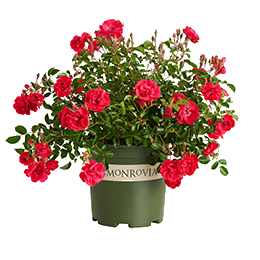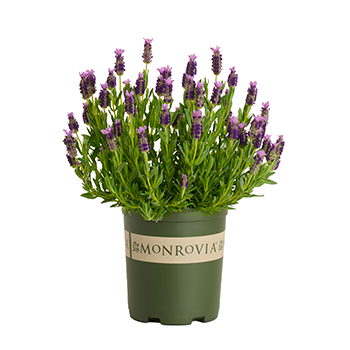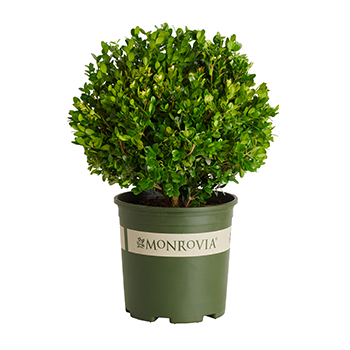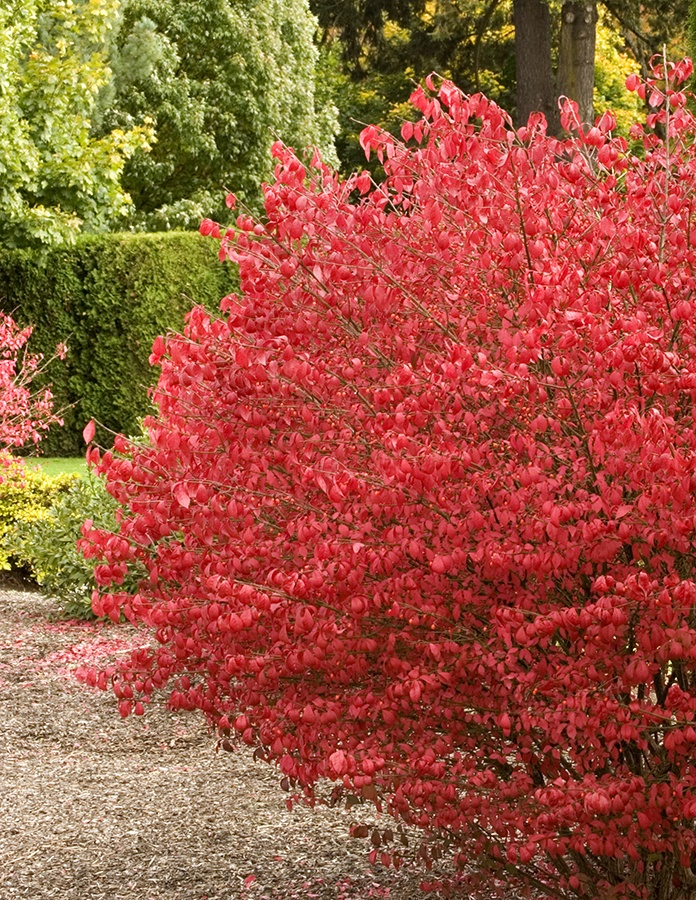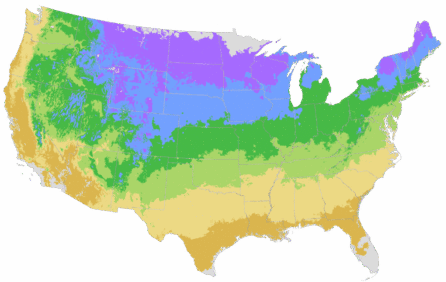You're growing in this Zip Code:
Change LocationDiscover Plants for Your Area
Cole's Compact Burning Bush
Euonymus alatus 'Cole's Compact'
Retailers Near You
No Retailers found within 100 miles of your zipcode
Be Inspired: How to Use this Plant
| Bloom Time | Inconspicuous; prized for foliage. |
|---|---|
| Deciduous/Evergreen | Deciduous |
| Special Features | Easy Care, Fall Color, Compact Form, Benefits Birds |
| Problems/Solutions | Black Walnut Tolerant |
| Growth Rate | Moderate |
| Landscape Use | Border, Hedge, Privacy Screen |
| Design Ideas | Burning Bush is usually planted as a single specimen or in a grove. It can make a good, natural hedge with changes in every season. Use to brighten dark corners in architecture or in groves of coniferous evergreens to add brilliance and a spot of seasonal color. Excellent for wild garden accent and in habitat planting that needs color. |
| Foliage Color | Green |
| Foliage Fall Color | Red |
| Companion Plants | Fothergilla (Fothergilla); Spirea (Spiraea); Potentilla (Potentilla); Cranberry Bush (Viburnum); Rose (Rosa) |
| Care Instructions | Easy to grow; adapts to most average, well-drained soils. Avoid poorly-drained, soggy soils. Water deeply, regularly during first growing season to establish an extensive root system; reduce frequency, once established. Apply fertilizer in early spring. For best fall color, site in full sun, avoid drought stress, and do not heavily prune. |
| History | This fiery shrub is native to Japan and was both introduced by von Siebold around 1823. It was among the 485 plants he collected and introduced into Europe from discriptions in his Flora Japonica. However, the plants are found in a much larger range over much of Asia and officially classified in 1860. The first dwarf form appeared before 1928 in Springfield, Massachusetts. Coles Compact Select was introduced by Cole's Nursery. |
| Lore | Euonuymus alatus was named burning bush for the similarity of its fiery foliage to the the Old Testament story of Moses. |
| Bloom Time | Inconspicuous; prized for foliage. |
|---|---|
| Deciduous/Evergreen | Deciduous |
| Special Features | Easy Care, Fall Color, Compact Form, Benefits Birds |
| Problems/Solutions | Black Walnut Tolerant |
| Growth Rate | Moderate |
Retailers Near You
No Retailers found within 100 miles of your zipcode
Retailers Near You
No Retailers found within 100 miles of your zipcode
Buy Online
We cannot currently ship this product to your zip code.
About Us
We have been pioneers and craftsmen in the art of growing plants for nearly
100 years. Since our founding in Southern California by Harry E. Rosedale, Sr.
in 1926, we have been absolutely dedicated and obsessed with quality.
We have been pioneers and craftsmen in the art of growing plants for nearly 100 years. Since our founding in Southern California by Harry E. Rosedale, Sr. in 1926, we have been absolutely dedicated and obsessed with quality.
